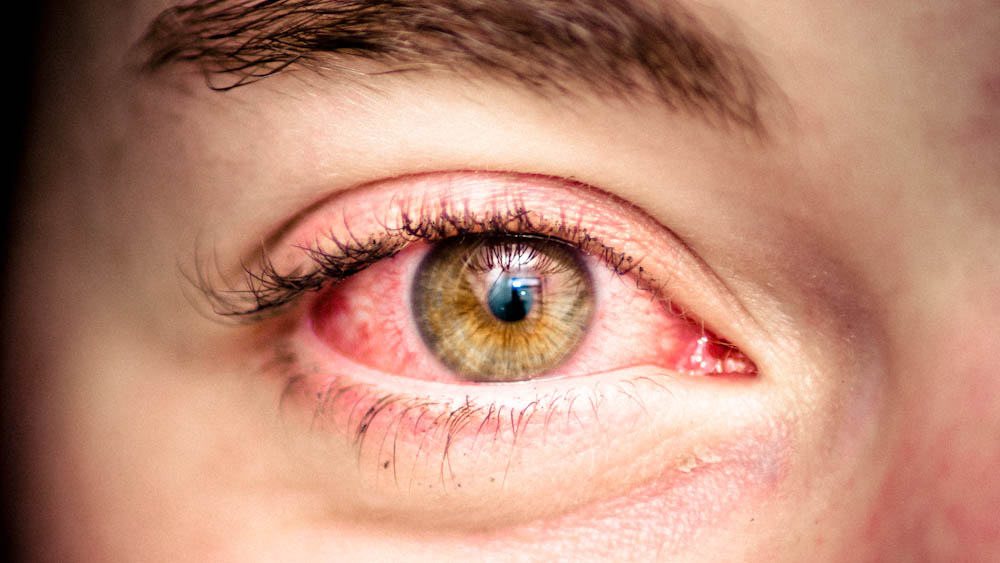More than just the windows to our soul, our eyes are one of the most important organs of our body, giving us the ability to see and interact with the world around us. Thus, it is important to take care of our eyes, whether to prevent deteriorating eyesight, serious diseases, or something as common as red eyes. Our eyes usually appear red when the blood vessels that cover the front of our eyes dilate. As more blood fills the vessels, the eyes slowly turn red, leading to the phenomenon of red eyes. Causes include infections, allergies, or commonly, conjunctivitis —inflammation of the eye.
Conjunctivitis itself has many different causes, ranging from bacteria to simple irritation. If bacteria or viruses have caused an infection, the most common visible symptom is discharge, which is usually clear or watery but may have a white or yellow mucus base. If limited to one eye at first, conjunctivitis can also easily spread to both eyes due to the microorganisms. If there is irritation due to a foreign object or even a chemical hazard, symptoms include watering and discomfort. The immediate remedy is to splash your eyes with water, which may cause your eyes to turn even more red due to additional impact of water to your eyes, but the redness should dissipate soon after. Conjunctivitis that is caused by allergies can also be treated with antibacterial eye drops or drugs. However, most infections can usually clear up without any help.
Image Source: Dawn Poland
Other common causes of red eyes include styes, or bumps on the eyelids caused by bacteria; blepharitis, inflammation due to glands or bacteria; or chalazia, bumps due to blocked glands. Treatments for these are similar to those for conjunctivitis: bathing the eye with warm water, placing a warm compress over the eyes, and avoiding any irritants such as eye makeup or contact lenses.
However, red eyes can potentially signify a more serious cause, including, but not limited to, scratched corneas, uveitis, or glaucoma. If symptoms of red eyes also include pain or sensitivity to light, it is important to visit your eye doctor right away. However, prevention is key. Make sure to practice good hygiene by showering before bed, changing pillowcases on your bed, and washing your clothes. Avoiding things that provoke any allergies, and should you have dry eyes, using eyes drops is also a good prevention measure. Remember, your eyes are one of the most precious gifts you have — take care of them!
Feature Image Source: “Red Eye” by Dominik Moser










